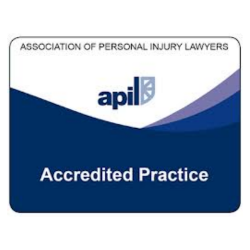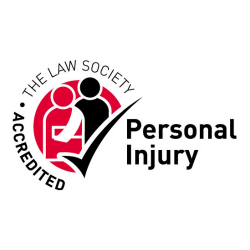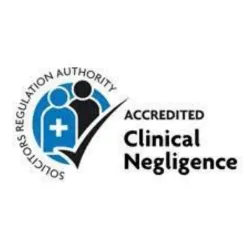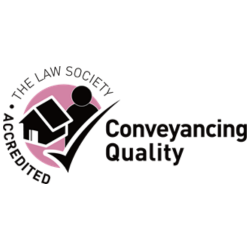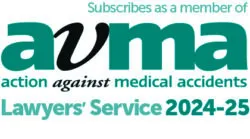
Stroke Awareness
May was Stroke Awareness month and in recognition of this we are looking to increase awareness by providing information on stroke symptoms, treatments and preventions as well as looking at the NHS A&E wait times and the effect this may have on stroke patients.
Each year in the UK, around 100,000 individuals have a stroke. This equates to approximately 1 every 5 minutes.
Fast, effective medical intervention is key to ensure survival.
What is a stroke?
A stroke occurs when the blood supply to your brain is cut off causing damage to your brain cells.
Consequently, as the damaged or destroyed brain cells can no longer do their job this may lead to changes in your movement, memory, thoughts and feelings.
Types of strokes
There are three types of stroke:
- Ischaemic stroke (a clot cutting off blood supply to the brain);
- Haemorrhagic stroke (a bleed in or around the brain);
- Transient ischaemic attack (a temporary blockage with symptoms only lasting a small amount of time – sometimes known as a mini-stroke).
Symptoms
The main symptoms and actions can be remembered via the F.A.S.T acronym:
- F – facial weakness – check if they can smile;
- A – arm weakness – check if they can raise both arms;
- S – speech problems – check if they can speak clearly;
- T – time to call 999.
Other symptoms to look out for are; blurred vision, confusion, weakness on one side of the body, dizziness, sudden and severe headaches, loss of consciousness and numbness or paralysis.
Treatment
The quicker an individual receives medical attention the better their chances. Typically, the first 3 hours are the most crucial.
The first port of call will be the paramedics. If possible, a patient should be taken to a hospital with a specialist stroke unit and a brain scan should be undertaken within an hour of arriving at the hospital to determine if the stroke is related to a clot or a bleed. This is to make sure the correct emergency treatment is given.
A clot or bleed means the oxygenated blood is not reaching the brain. Treatment is needed to restore the blood flow to minimise any brain damage.
Treatment options include:
- Thrombolysis – an injection of drugs to dissolve the clot;
- Thrombectomy – a surgical procedure involving making an incision to open the artery;
- Mechanical thrombectomy – a device entering via a catheter to suction out the clot.
Again, all treatments are most effective if done as soon as possible after the stroke occurs. Long term medication may also be offered to reduce the risk of any stroke reoccurrence.
In a small number of instances emergency surgery, consisting of opening the arteries, will need to be undertaken to remove the blood clots.
Prevention
Regular check-ups with GP’s may highlight any medical conditions which increase the risk of you having a stroke. For example, if you suffer with high blood pressure, you are likely to be in the higher risk category.
Individuals can then manage their conditions and undertake lifestyles changes to reduce their risk of a stroke.
Some general recommendations to reduce your risk of a stroke are:
- Managing medical conditions (e.g. blood pressure) – follow medical advice and take medication as prescribed;
- Stop smoking;
- Drink less alcohol – recommended to have at least 3 alcohol free days a week;
- Maintain a healthy weight & eat a healthy diet;
- Do more exercise;
- Reduce your stress levels – via meditation, relaxation and seeking help if needed.
It is important, if you have had a stroke, that you receive appropriate secondary care from your GP including regular monitoring and medication.
A&E waiting times
According to current NHS figures, thousands of patients a day are waiting in A&E for 12 hours or more. In March 2022 it was recorded that in one week nearly 25,000 patients (8%) waited over 12 hours. The NHS 2022-2023 target sits at 2% and it is clear some changes need to be implemented so the target can be achieved.
The immense pressure that the A&E department is under is being affected by various factors including;
- High patient numbers attending A&E for non-life-threatening situations;
- Discharge delays;
- COVID outbreaks;
- COVID restrictions due to protection control issues;
- COVID related staff shortages.
Patients are immediately seen and assessed on arrival, but patients can deteriorate rapidly whilst waiting. These increased waiting hours can cause harm, especially to vulnerable patients and potentially lead to clinical incidents.
Stroke patients need immediate medical attention in order to maximise their chance of making a good recovery. If the A&E department is stretched to capacity decisions will need to be made on who receives treatment and who does not.
Medical Negligence Solicitors
Morrish Solicitors have experience in dealing with clinical negligence claims relating to failures to undertake appropriate blood pressure monitoring leading to a stroke as well as delays in diagnosing and appropriately treating strokes. If you believe you have a medical negligence claim please contact our specialist team of solicitors on 033 3344 9600 or email [email protected].
Our team of medical negligence specialists will be happy to discuss your options in detail with a free initial consultation.



